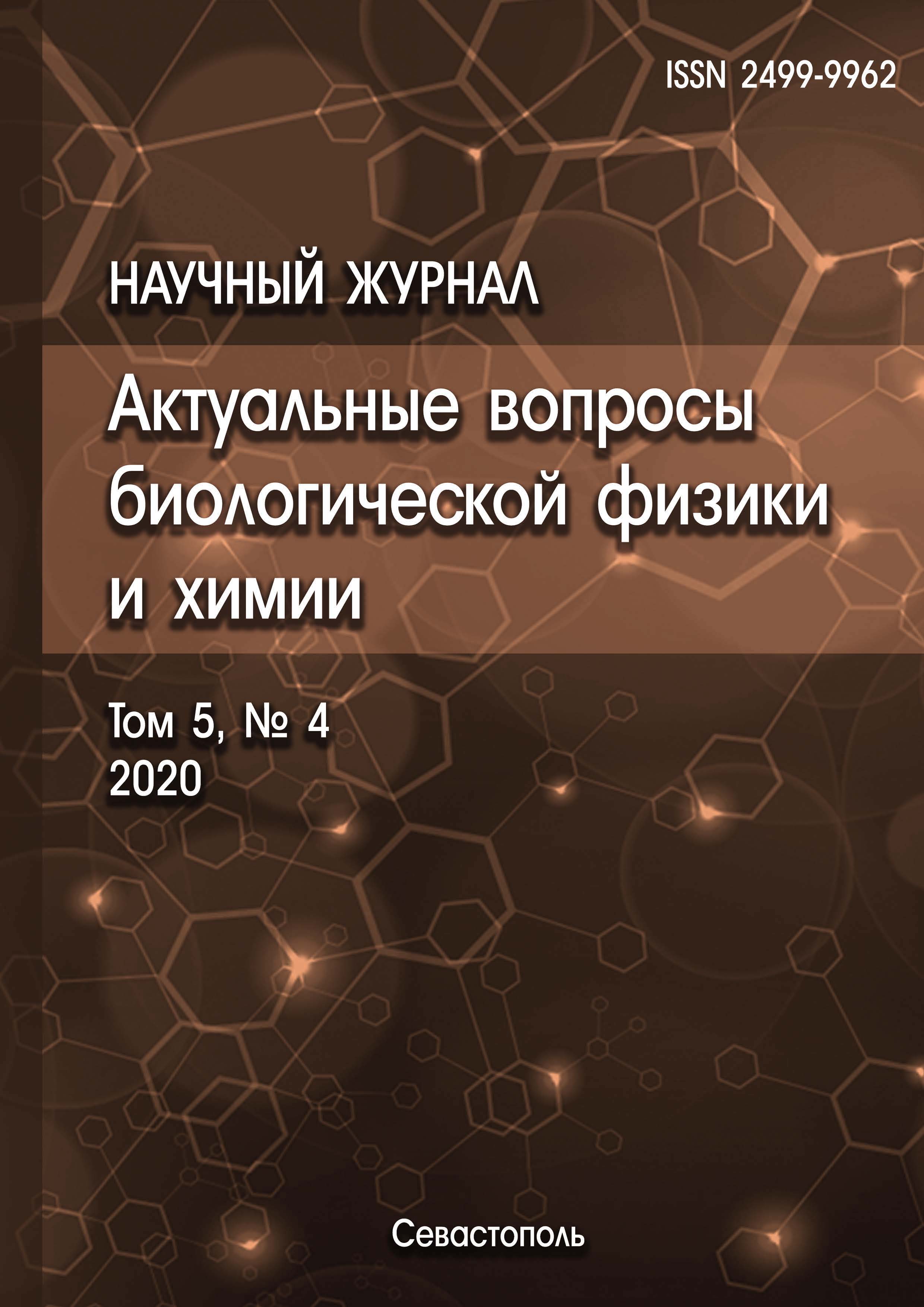The role of potassium currents in the formation of action potential morphology of true pacemaker cells in the mouse sinoauricular node (SAN) was studied. Biophysical parameters were recorded in cells using microelectrode. Pharmacological analysis was performed by applying specific potassium channel blockers, as well as a non-selective current channel activated by hyperpolarization HCN. It was found that the true pacemaker cells are located along the SAN artery and differ in the slowest velocity of action potential (AP) upstroke dV/dtmax (≈3 V/s). Ivabradine (3 µmol) decreased the frequency of AP generation by 24% due to an increase in the duration and velocity of the slow diastolic depolarization (SDD) phase. E4031- blocker of fast inward potassium current, I Kr, affected the duration and velocity of the repolarization phase. E4031 (1 µmol) caused an increase in SDD duration and a decreased in the frequency of AP generation. Complete inhibition of I Kr channels can cause depolarization of the sarcolemma and blocks of electrical activity. Chromanol 293B blocked the channels of slow inward potassium current, I Ks. The contribution of IKs to the repolarization phase was 20-30%. The frequency of AP generation slowed down by an average of 7%. The I to current made a significant contribution to the frequency of AP generation in SAN cells of the mouse. 4-AP aminopyridine - blocker of I to channels (0.5 mmol) caused an increase in AP duration by an average of 43%, and in the concentration of 5 mmol - by 80%. At the same time, the frequency of AP generation decreased by 14%. Thus, potassium currents play a key role in the formation of AP in the mouse CA node cells and participate in the modulation of the rhythm of spontaneous contractions.
sinoauricular node, action potential, slow diastolic depolarization, potassium currents, blockers, mouse
1. Bartos D.C., Grandi E., Ripplinger C.M. Ion channels in the heart.Compr Physiol., 2015, vol. 5, pp. 1423-1464. DOI: https://doi.org/10.1002/cphy.c140069; EDN: https://elibrary.ru/WPLSDZ
2. Bezanilla F. The voltage sensor in voltage-dependent ion channels. Physiol Rev., 2000, vol. 80, pp. 555-592.
3. Stieber J., Hofmann F., Ludwig A. Pacemaker channels and sinus node arrhythmia. Trends Cardiovasc. Med, 2004, vol. 14, pp. 23-28.
4. Herrmann S., Fabritz L., Layh B., Kirchhof P., Ludwig A. Insights into sick sinus syndrome from an inducible mouse model. Cardiovasc. Res., 2011, vol. 90, pp. 38-48. DOI: https://doi.org/10.1093/cvr/cvq390; EDN: https://elibrary.ru/OASDNL
5. Mangoni M.E., Nargeot J. Properties of the hyperpolarization-activated current If in isolated mouse sino-atrial cells. Cardiovasc. Res., 2001, vol. 52, pp. 51-64. EDN: https://elibrary.ru/IMZUPT
6. Verheijck E.E., van Kempen M.J., Veereschild M., Lurvink J., Jongsma H.J., Bouman L.N. Electrophysiological features of the mouse sinoatrial node in relation to connexin distribution. Cardiovasc. Res., 2001, vol. 52, pp. 40-50. EDN: https://elibrary.ru/IMZUOZ
7. Cho H.S., Takano M., Noma A. The electrophysiological properties of spontaneously beating pacemaker cells isolated from mouse sinoatrial node. J. Physiol., 2003, vol. 550, pp. 169-180.
8. Vinogradova T.M., Bogdanov K.Y., Lyashkov A.E. et al. Rhythmic Ca2+ oscillatoty drive sinoatrial nodal cell pacemaker function to make the heart tick. Ann. N. Y. Acad. Sci., 2005, vol. 1047, pp. 138-156. DOI:https://doi.org/10.1196/annals. 1341.013.
9. Lakatta E.G, DiFrancesco D. What keeps us ticking: a funny current, a calcium clock, or both? J. Mol. Cell. Cardiol., 2009, vol. 47, pp.157-170.
10. Verheijck E.E, van Ginneken A.C, Bourier J., Bouman L.N. Effects of delayed rectifier current blockade by E-4031 on impulse generation in single sinoatrial nodal myocytes of the rabbit. Circ. Res., 1995, vol.76, pp. 607-615.
11. Matsuura H., Ehara T., Ding W.G., Omatsu-Kanbe M., Isono T. Rapidly and slowly activating components of delayed rectifier K+ current in guinea-pig sinoatrial node pacemaker cells. J. Physiol., 2002, vol. 540, pp. 815-830.
12. Clark R.B., Mangoni M.E., Lueger A., Couette B., Nargeot J., Giles W.R. A rapidly activating delayed rectifier K+ current regulates pacemaker activity in adult mouse sinoatrial node cells. Am J Physiol Heart Circ Physiol., 2004, vol. 286, pp. 1757-1766.
13. Cha C.Y., Himeno Y., Shimayoshi T., Amano A., Noma A. A novel method to quantify contribution of channels and transporters to membrane potential dynamics. Biophys. J., 2009, vol. 97, pp. 3086-3094.
14. Kharche S., Yu J., Lei M., Zhang H. A mathematical model of action potentials of mouse sinoatrial node cells with molecular bases. Am. J. Physiol. Heart Circ. Physiol., 2011, vol. 301, pp. 945-963.
15. Lei M., Jones S.A., Liu J., Lancaster M.K., Fung S.M., Dobrzynski H., Camelliti P., Maier S.K.G., Noble D., Boyett M.R. Requirement of neuronal and cardiac-type sodium channels for murine sinoatrial node pacemaking. J. Physiol., 2004, vol. 559, pp. 835-848.
16. Golovko V.A., Gonotkov M.A., Lebedeva E.A. Effects of 4-aminopyridine on action potentials generation in mouse sinoauricular node strips. Physiological Reports, 2015, vol. 3 (7), p. e12447. DOI:https://doi.org/10.14814/phy2.12447:1-8. EDN: https://elibrary.ru/YUXQLF
17. DiFrancesco D. The role of the funny current in pacemaker activity. Circ. Res., 2010, vol.106, rr. 434-446.
18. Liu J., Dobrzynski H., Yanni J., Boyett M. R., Lei M. Organisation of the mouse sinoatrial node: structure and expression of HCN channels. Cardiovasc. Res., 2007, vol. 73, pp. 729-738. EDN: https://elibrary.ru/IMZTOL
19. Schulze-Bahr E., Neu A., Friederich P., Kaupp U. B., Breithardt G., Pongs O., Isbrandt D. Pacemaker channel dysfunction in a patient with sinus node disease. J. Clin. Invest., 2003, vol. 111, pp. 1537-1545.
20. Ono K., Shibata S., Iijima T. Properties of the delayed rectifier potassium current in porcine sinoatrial node cells. J. Physiol., 2000, vol. 524, pp. 51-62.
21. Lei M., Honjo H., Kodama I., Boyett M. R. Heterogeneous expression of the delayed-rectifier K+ currents IKs and IKr in rabbit sinoatrial node cells. J. Physiol., 2001, vol. 535, pp. 703-714.










